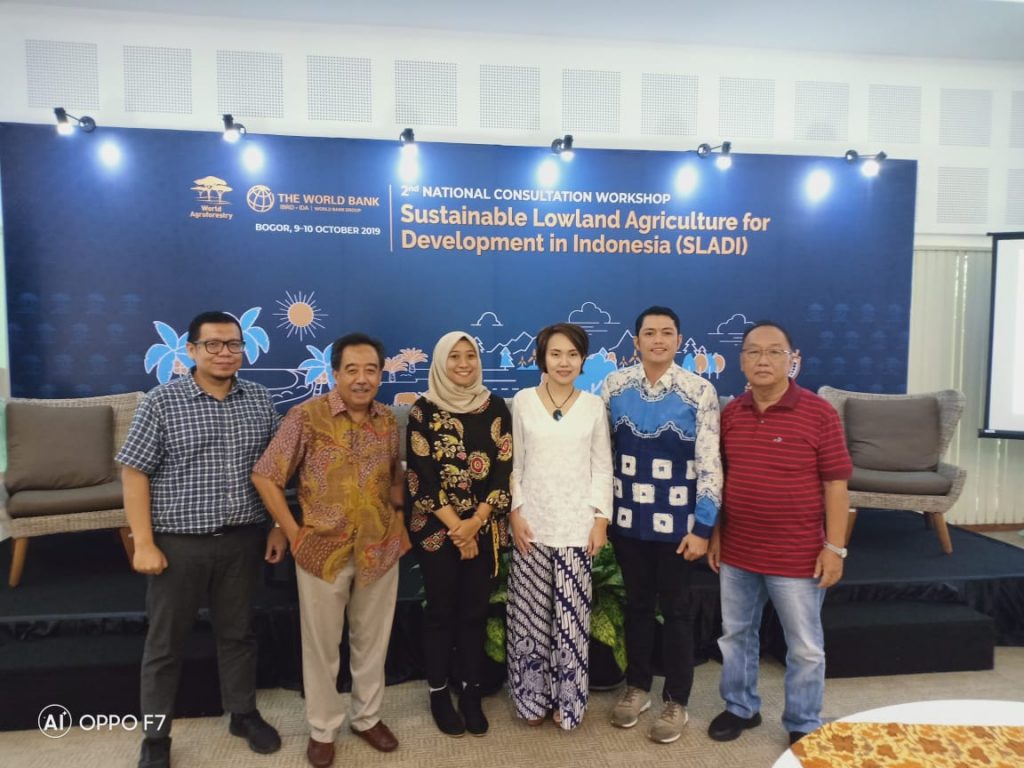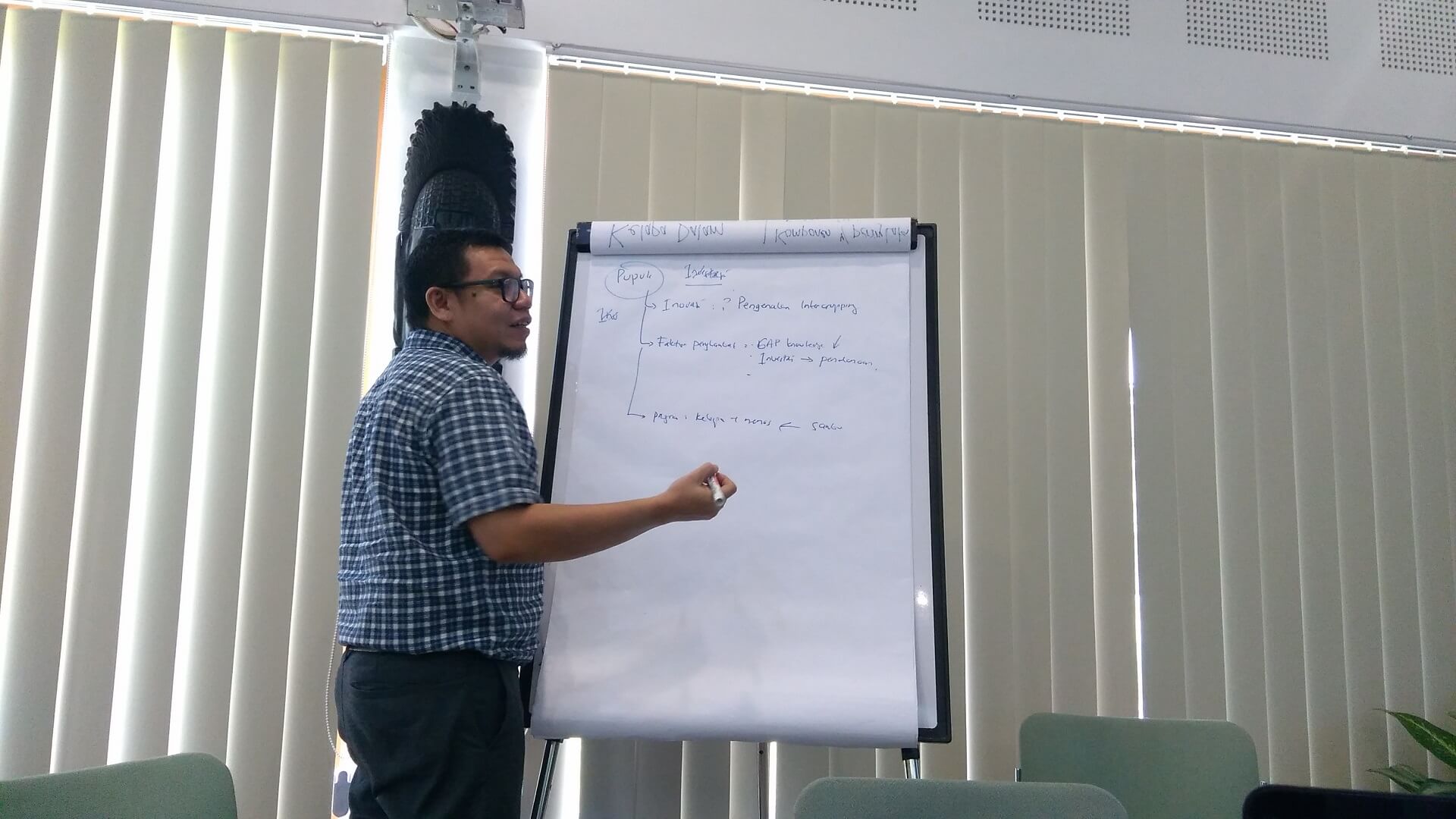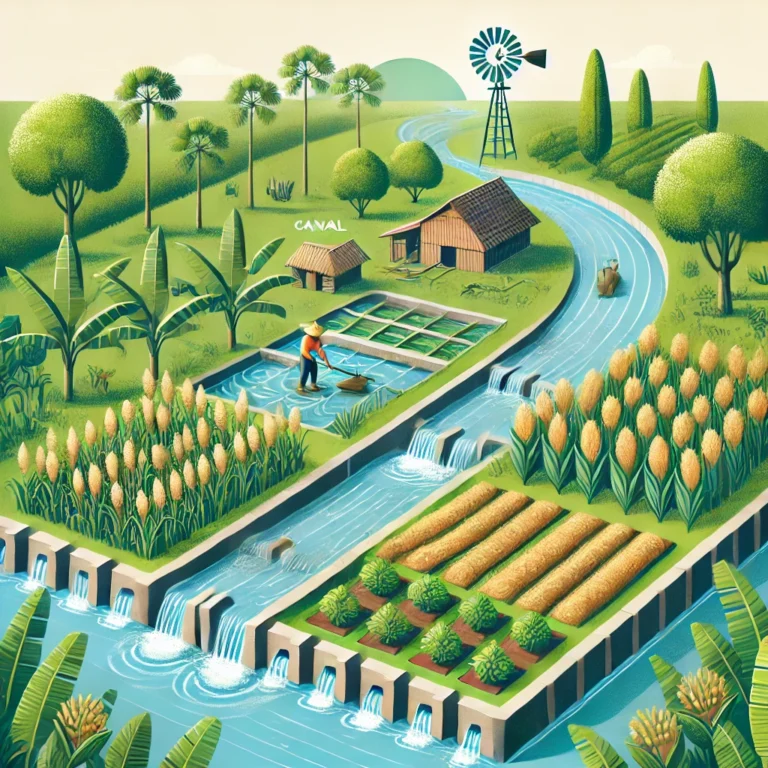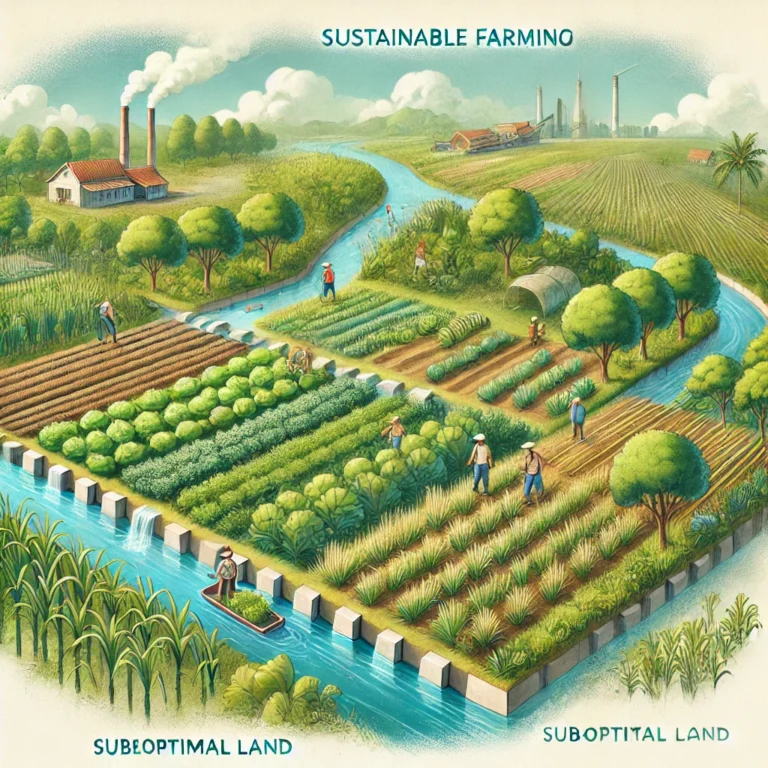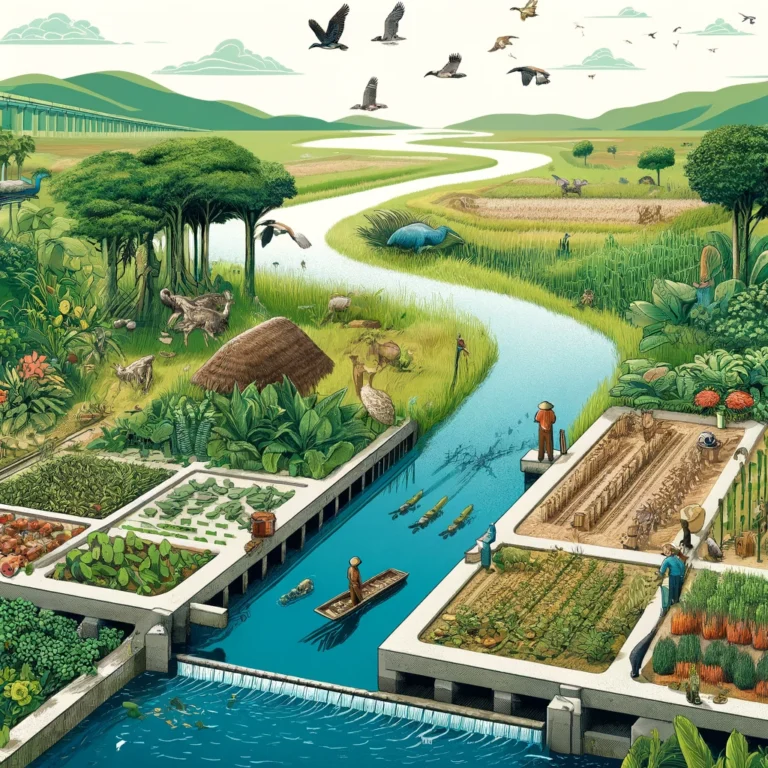The office of World Agroforestry Center (ICRAF) in Bogor was again chosen as the meeting point of regional decision-makers who are aiming for green economy development. The second national consultation was conducted as the follow-up of the first workshop three previous months. Under the project name Sustainable Lowlands Agriculture for Development Indonesia (SLADI), the gathered stakeholders continue to formulate interventions and policies.
The desirable development in this context uses the framework of green growth. It follows the path of economic growth that uses natural resources in a sustainable manner. The development should maintain the provided ecosystem services also for the future. At heart, the green growth wants a development that is sustainable and inclusive, supported by adequate resilience, so that ecosystem services can be maintained and greenhouse gases emissions can be reduced.
SLADI narrows its focus on lowlands due to intrinsic complex features. The land uses in lowlands are reported to be rapidly changing compared to non-lowland regions. This is logical since more people live on lowlands where civilizations are usually started. At the same time, more people are living under the standard of welfare in lowlands due to unsustainable ways of life. Therefore, a fitting strategy is needed to unlock the full potential of lowlands in a sustainable manner – considering the planet, profit, and people.
One way to achieve green growth is by using a landscape approach which aims for the balance of multiple interests. In this context, the landscape is not only meant as a spatial dimension but as a system which includes the people living in it. The implementation of landscape approach is best used in combination with jurisdictional approach where one leverages on the administrative borders. In practice, LUMENS can be used as a tool by the regional planners to decide on the best combination of what intervention/activity to do, for what sector/commodity. Using the right input specific to local conditions, LUMENS can provide the fitting scenario for the best economic development. This tool helps to formulate the objective, develop the corresponding strategy, decide on the intervention, and plan the activity; all for the regional development.
During the national consultation, progress was shown for the provinces of South Sumatera, Jambi, Papua, and West Papua. Recommendations were given by the involved stakeholders, mostly from respective government agencies. Overall, the strategies development are developing but since it is still in the early phase, the use of this landscape approach still covers a substantial diversity of actions applied in a range of contexts. After the focus group discussion session, inputs were received to improve the details of the previously proposed interventions.
Besides the required commitment from the regional decision-makers, the role of the private sector should also be highlighted in implementing landscape approach. Therefore, green growth development needs to engage them in formulating the most fitting business model. In addition, policy improvements are needed in supporting sectors such as subsidy, tax, incentive, and land distribution.


